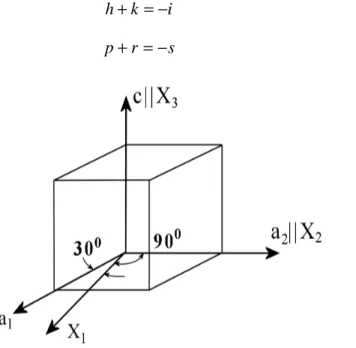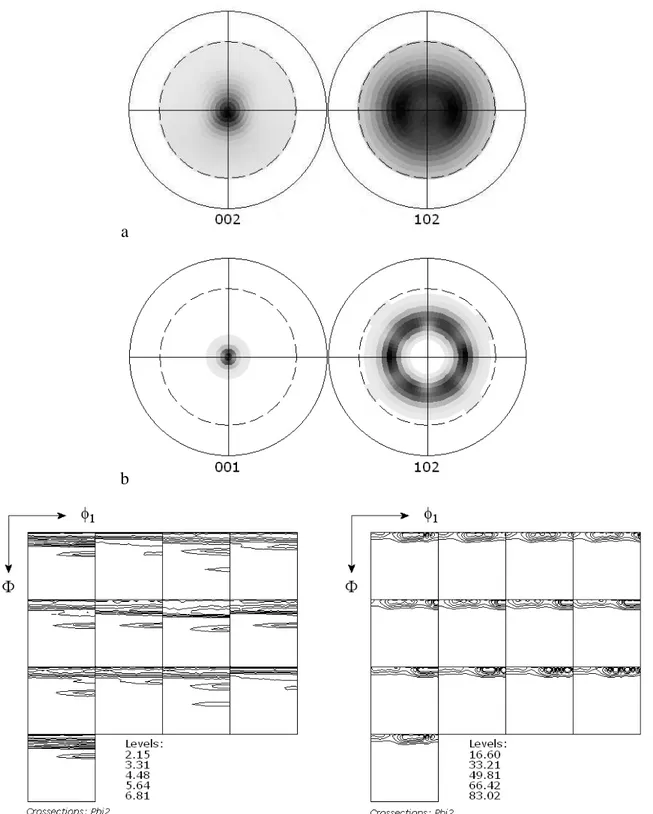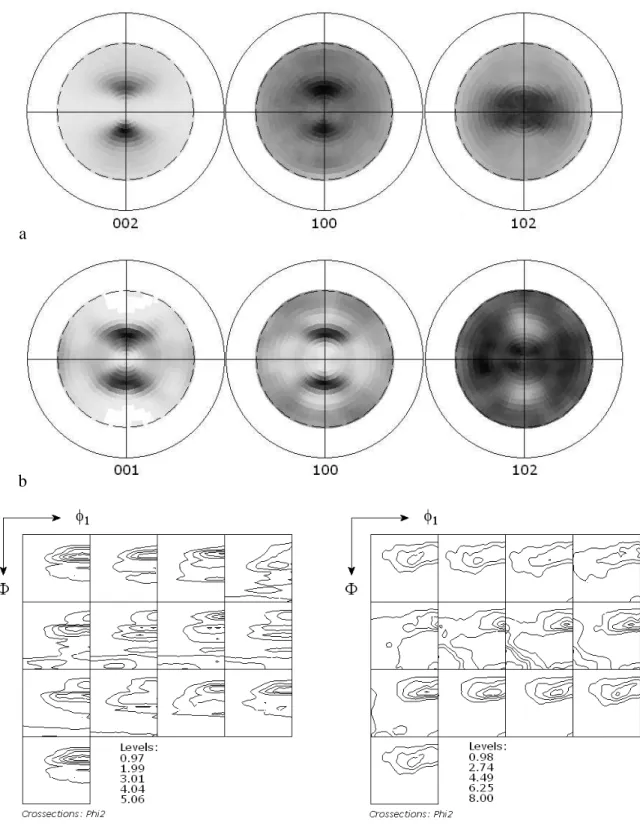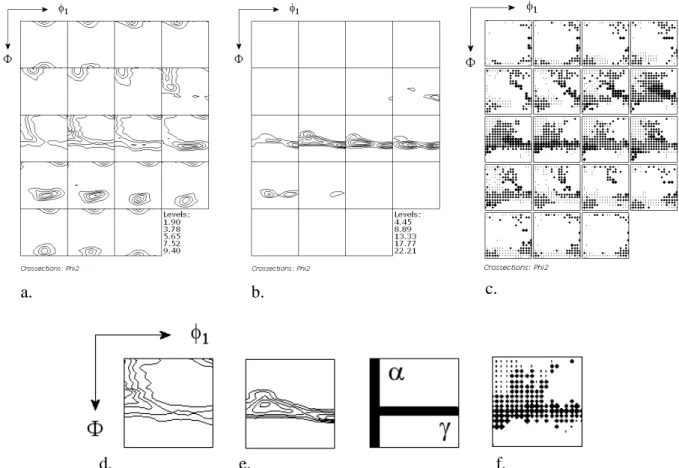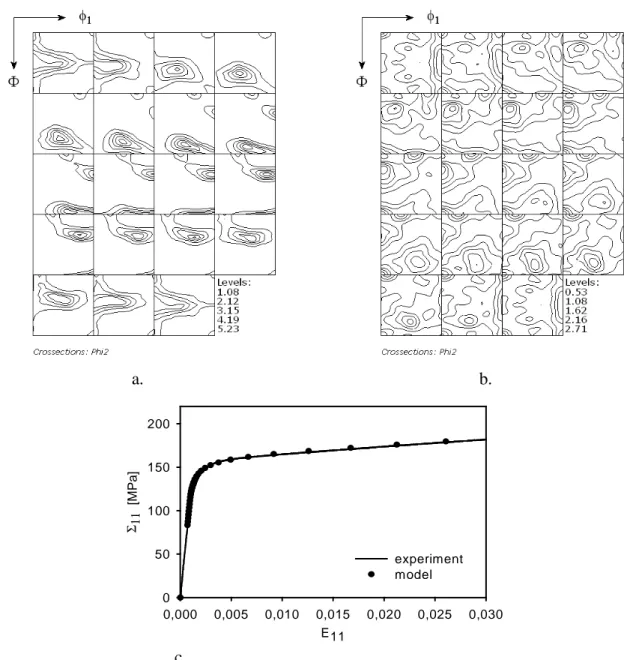Etude des micro-contraintes dans les matériaux texturés hétérogènes par diffraction et modèles de comportement
Texte intégral
Figure
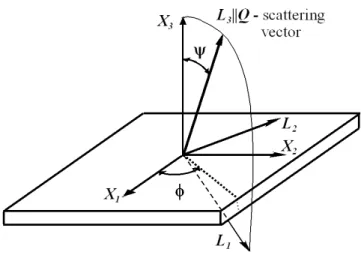
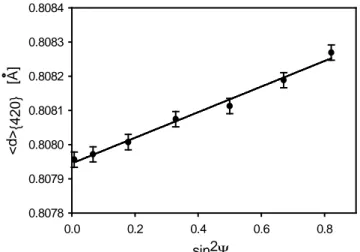


Documents relatifs
This work presents an investigation about the numerical determination of the mechanical behavior of braided architectures using geometrical modelling and subsequent
This paper presents the main features of five different methods available in the literature for solving this problem, namely the finite element model updating model, the
estimators in the case of a complex exponential signal and also in the case of a real sinusoid since real signals are more commonly used in musical applications..
The obtained pair of projection matrices has made possible, in accordance with specifically proposed steps of the methods 2a and 2b, to obtain a metric
We have detailed in the present paper the classical procedure for the 1 st order stress estimation from XRD and calculated with a model the 1 st and 2 nd order stresses
The precipitation data from the different sources were used to drive the HBV model, set up and calibrated for two stations in Gim˚an, both for continuous simulation during 2002 and
The work presented here showcases the development of two methods aimed at optimising diffraction data collection and structure solution processes in membrane protein
Black line: theoretical χ 2 cumulative distribu- tion function (cdf) for 3 degrees of freedom; black filled squares: empirical χ 2 cdf of ensemble in absence of parameter errors;
